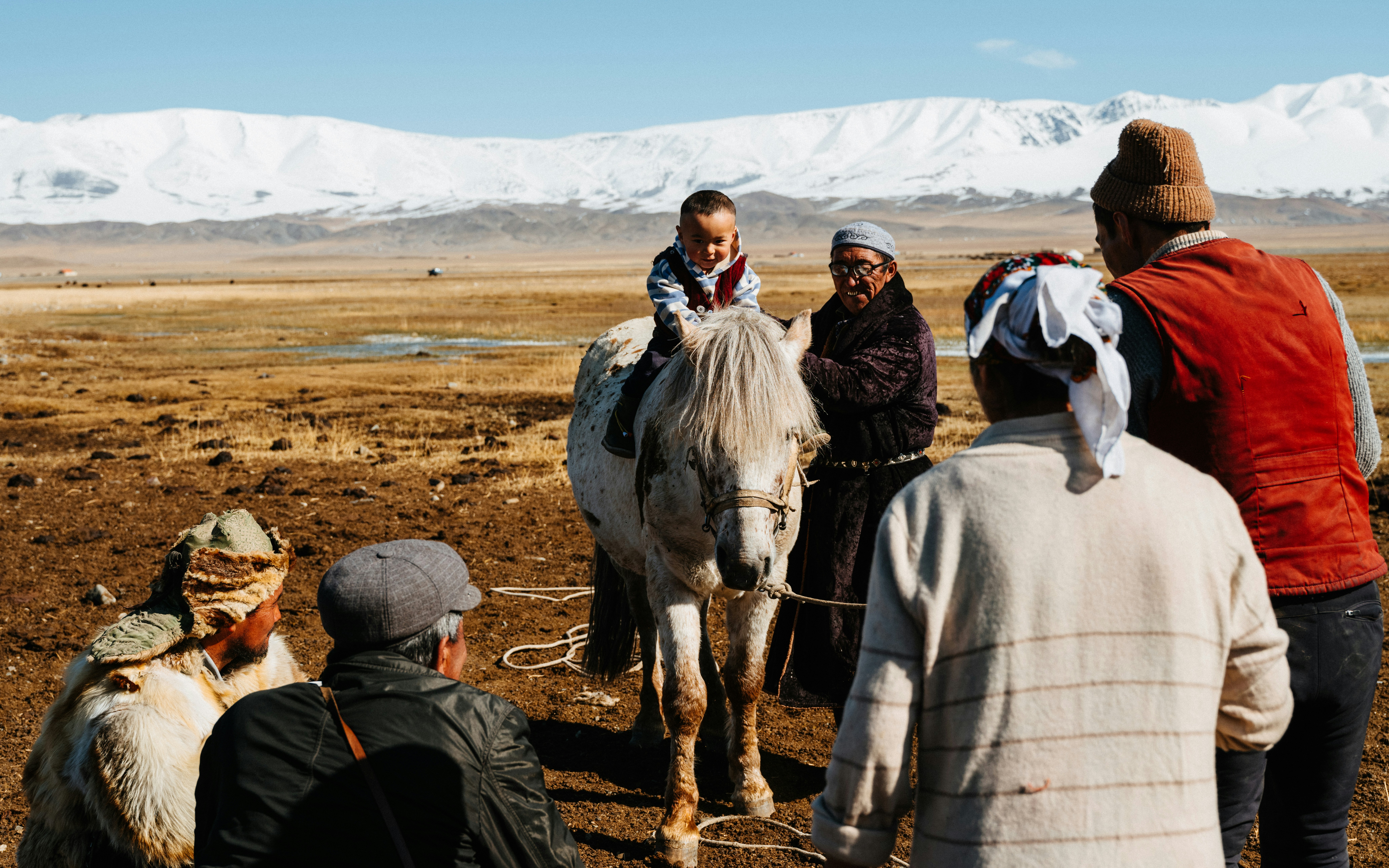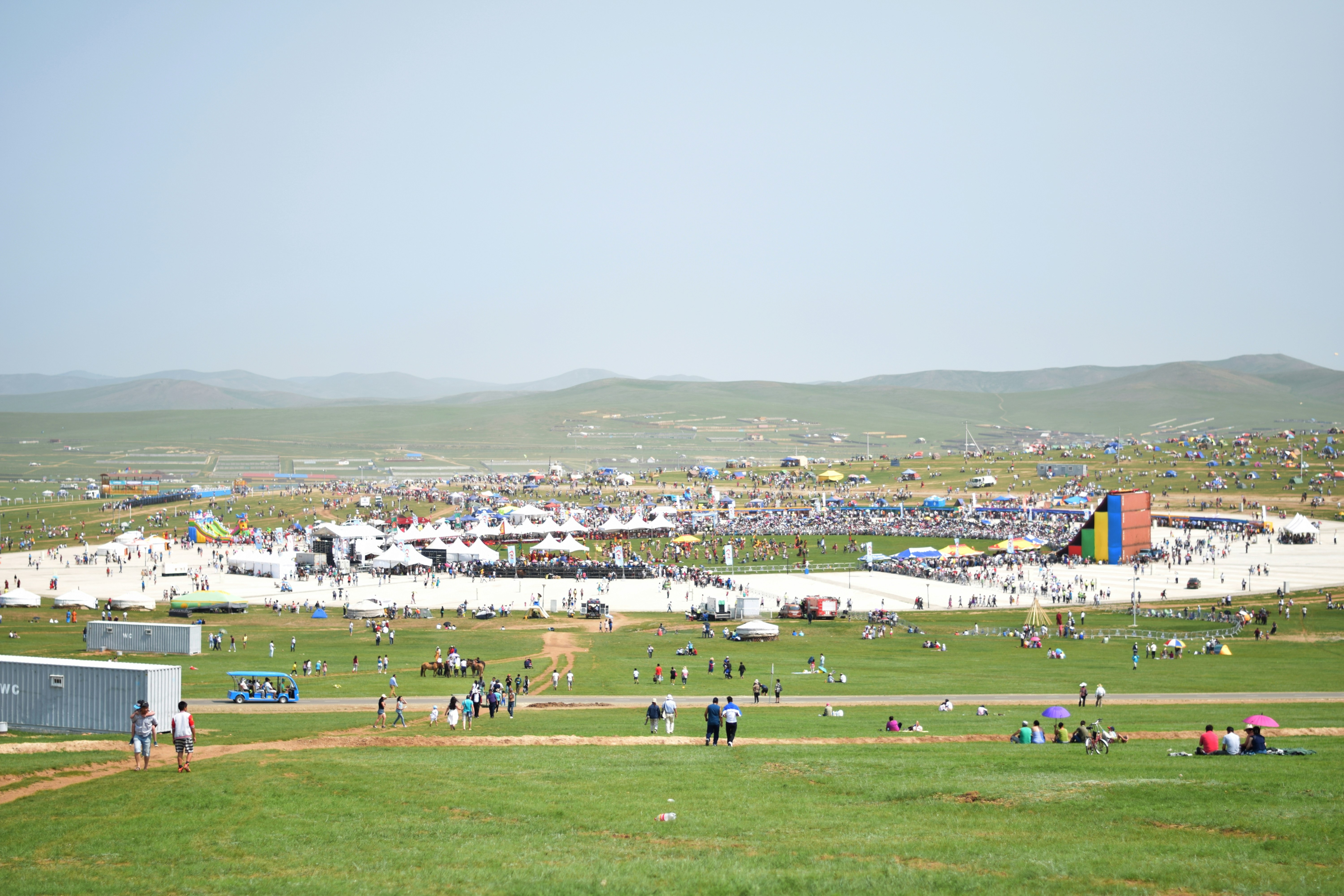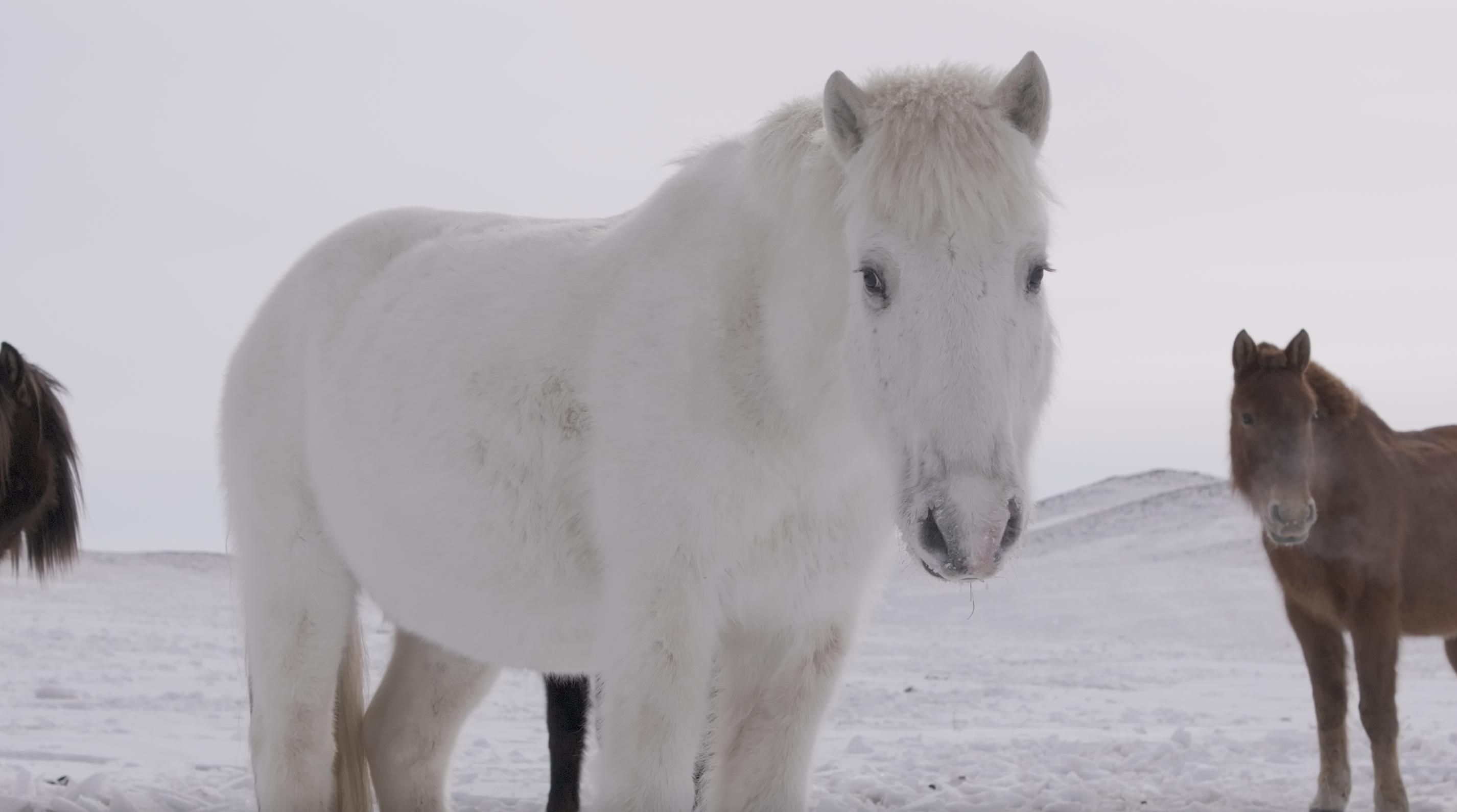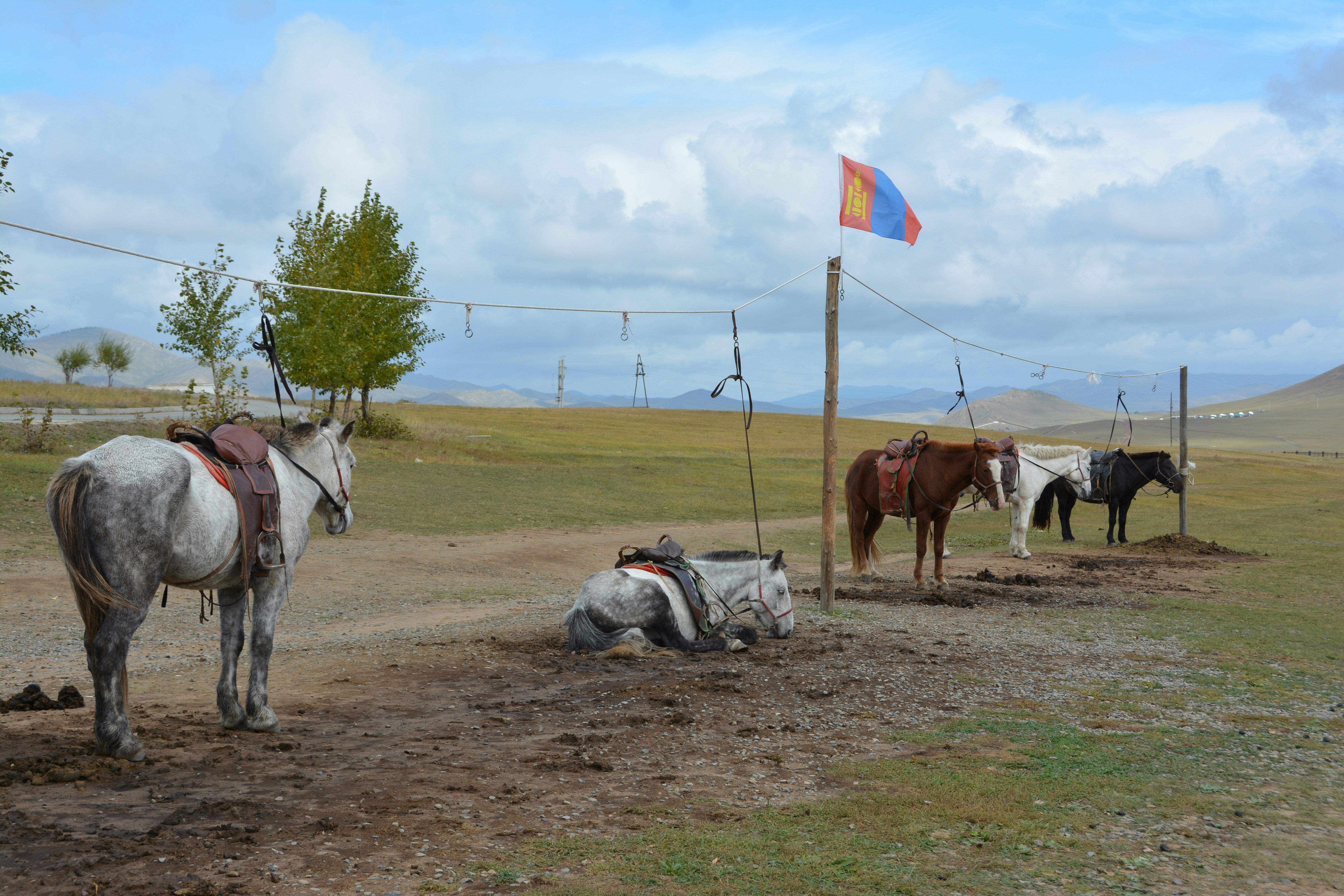Request A Car Rental
Travelling to Mongolia and need a car rental plus extra equipments?
Exploring the Thrills of Horse Racing Mongolia: A Cultural Journey
In Mongolia, horse racing is more than a sport; it’s a testament to the nation’s enduring nomadic spirit. This article unveils the unique character of horse racing Mongolia, anchored by historic competitions like Naadam and the extraordinary Mongol Derby. It guides you through the cultural significance, event details, and practical insights needed for those eager to witness or participate in these celebrated races.
Key Takeaways
- Mongolian horse racing, deeply rooted in the nation’s history and culture, is an endurance sport signified by long-distance events, such as the expansive races across the steppe and the grueling Mongol Derby, directly influenced by the historical postal system established by Genghis Khan.
- The Naadam Festival, inscribed by UNESCO as intangible cultural heritage, celebrates Mongolia’s nomadic traditions with horse races that feature children as jockeys in long-distance races and is integral to Mongolia’s national identity, reflecting the country’s pastoral and competitive heritage.
- The Mongolian horse, with its small but sturdy build and remarkable endurance, is the preferred breed for these races and holds significant cultural importance in Mongolia, symbolizing tradition and identity and playing a key role in both historical and contemporary Mongolian society.
The Rich History of Mongolian Horse Racing

The history of Mongolian horse racing is as vast and expansive as the Mongolian Steppe itself. From the ancient parades of the Mongol tribes to the endurance tests of the Mongol Derby, horse racing has been an integral part of Mongolia’s cultural identity for centuries. The races, often covering vast distances across central Mongolia, are a testament to the endurance and resilience of both the horses and their riders.
But to truly understand this sport’s significance, we must travel back to its roots.
Ancient Origins
The origins of horse racing in Mongolia are deeply entrenched in the nation’s history. It all started with military parades and sporting competitions, where horse racing served as a training ground for soldiers. Such events not only honed the military skills of the Mongol warriors but also emphasized the importance of horses in the military context.
Over time, these military exercises evolved into an integral part of the Mongolian culture, with events like the Naadam festival and the Mongol Rally reflecting the competitive spirit of ancient times when tribes united for such competitions.
Genghis Khan's Influence
Genghis Khan, the founder of the Mongol Empire in the 13th century, played a significant role in shaping horse racing in Mongolia. He established the world’s first long-distance postal transmission system, which involved a network of horse stations to facilitate swift communication across his vast empire, including the western Mongols territories.
This historic postal route, which serves as the start line for modern long-distance horse racing events like the Mongol Derby, influences their structure. Riders must change horses at stations located every 40km, ultimately reaching the finish line.
The Iconic Naadam Festival

If you’re yearning to witness the vibrant spectacle of Mongolian horse racing in its full glory, there’s no better place than the Naadam Festival. Recognized by UNESCO as a part of the intangible cultural heritage of humanity, this grand event is a vibrant display of Mongolia’s nomadic heritage, traditional sports, and pulsating customs.
The festival takes place annually from July 11 to 13 in Western Mongolia, Central Asia, and is a testament to Mongolia’s nomadic heritage, characterized by pastoralism and life in the Central Asian steppe.
Traditional Horse Racing Events
Mongolian horse racing is quite distinct from what you might be accustomed to. The Naadam Festival features races that are 15–30 km long, a far cry from the short sprint races popular in Western cultures. These races aren’t just about speed; they’re a test of endurance for both the young jockeys and their horses.
Children aged 5 to 13, belonging to a particular ethnic group and clad in vibrant traditional attire, serve as jockeys, training with their mounts for at least a month in preparation for the festival competitions, which also feature rally vehicles as part of the event.
National Significance
The Naadam Festival is much more than just a horse racing event; it’s a celebration of Mongolia’s cultural identity. The festival, which was once a Buddhist/shaman holiday, returned to its cultural traditions after secularization under Communist influence.
Horse racing, one of the ‘three manly games’ of Naadam, is deeply venerated in Mongolian cultural expressions. Participants, including athletes and child jockeys, are highly regarded, their skills cultivated through both traditional home-schooling and formalized training methods.
The Adventurous Mongol Derby

From the traditional races of the Naadam festival, let’s now gallop towards a more modern yet equally thrilling horse racing event - the Mongol Derby. Recognized as the world’s longest multi-horse race, this endurance race spans a staggering 1,000 kilometers across Mongolia’s diverse terrain. The Mongol Derby isn’t just a race; it’s a test of physical and mental endurance, challenging even the most seasoned riders.
Race Structure and Rules
The Mongol Derby is a race like no other. Its unique structure and rules set it apart from traditional horse races. To ensure both the rider’s and horse’s endurance throughout the race, riders must change horses every 40 kilometers at the support stations.
This requirement for frequent horse changes, coupled with the need to navigate the vast Mongolian steppe relying solely on their personal wits and skills, adds a thrilling dimension to the race, making it the greatest motoring adventure.
Past Winners and Records
Over the years, the Mongol Derby has seen a diverse group of winners hailing from various countries, demonstrating the international appeal of this challenging race. William Comiskey of Australia, Heidi Telstad of Canada, and Marcia Hefker Miles from the United States were the winners of the 2016 Mongol Derby. Each of them accomplished this impressive feat in the challenging race. Their victories highlight not only their exceptional equestrian skills but also the global reach and the intense competitive spirit of the Mongol Derby.
The Unique Breed: Mongolian Horses

Behind every great rider is an exceptional horse. In Outer Mongolia, the horse of choice is a breed that has stood the test of time and harsh environment - the Mongolian horse. These horses are exceptionally adapted to survive in extreme temperatures, which range from below -40 degrees Celsius in winter to scorching heat in summer.
To cope with the intense cold, they develop very thick, hairy coats during winter, which they shed as the seasons change to prepare for summer temperatures.
Physical Attributes
The Mongolian horses are known for their:
- diminutive and sturdy build, which has changed little over the centuries
- strength and endurance, enabling them to survive in tough environments
- suitability for long-distance races like the Mongol Derby
A subtype of Mongolian horse, the Wushen horses, have developed a two-beat lateral gait known as pacing, which is especially suited for comfortable long-distance riding.
Cultural Significance
The Mongolian horse holds a place of honor in Mongolian culture. Historically, these horses were integral to the nomadic life of Mongolic ethnic groups, used for transportation, warfare, and even as a food source. Today, the Mongolian horse serves as a symbol of tradition and cultural identity.
This respect for the horse is reflected in current customs and rituals in events like Naadam, highlighting the continued influence of these noble creatures in Mongolian culture.
Preparing for a Horse Racing Adventure in Mongolia

Now that you’ve galloped through the thrilling world of Mongolian horse racing, you might be wondering how you can experience this adventure firsthand. Whether you’re planning to participate in the Mongol Derby or want to witness the vibrant spectacle of the Naadam festival, preparing for a horse racing adventure in Mongolia requires meticulous planning and a sense of adventure.
Best Time to Visit
The ideal time to visit Mongolia for horse racing events largely depends on the specific event you’re interested in. The summer months, specifically from July to August, are an opportune time to witness traditional Mongolian horse racing, as it’s when the Naadam Festival and the Mongol Derby typically take place.
However, if you’re interested in experiencing a variety of festivals and events, you’ll find that Mongolia offers horse racing events throughout the year, catering to both summer and winter seasons.
Travel Logistics
Once you’ve decided on the best time to visit, the next step is tackling the travel logistics. The race management crew oversees the transportation logistics, operating from an Ulaanbaatar hub as well as a supporting UK-based team.
If you’re planning to participate in the Mongol Derby, you’ll be glad to know that the entry fee includes 25 race horses, three training horses, spare horses, and the support of the herders.
Summary
Embarking on a journey through the world of Mongolian horse racing is akin to galloping through the pages of a living, breathing history book. From the ancient military parades of the Mongol tribes to the modern-day thrills of the Mongol Derby, horse racing in Mongolia is steeped in rich traditions and cultural heritage. It’s a world where the noble Mongolian horse gallops side by side with the nomadic spirit of the Mongolian people, a testament to their resilience and love for this grand sport.
Frequently Asked Questions
Is horse racing popular in Mongolia?
Yes, horse racing is popular in Mongolia, with young children often serving as jockeys in the races. This sport is deeply rooted in Mongolian tradition, and the country's harsh climate has shaped the endurance of Mongolian horses.
How much does it cost to enter the Mongolian horse race?
The cost to enter the Mongolian horse race is $14,500 USD.
What is the longest horse race in Mongolia?
The longest horse race in Mongolia is the Mongol Derby, covering 1,000 kilometers (620 miles) through the Mongolian Steppe. It recreates the horse messenger system developed by Genghis Khan in 1224.
What is the Mongolia wild horse race?
The Mongolia wild horse race is known as the Mongol Derby, which is considered the longest and toughest horse race in the world. It was established based on the world's first long-distance postal transmission system created by Chinggis Khaan in 1224.
What is the Mongol Derby?
The Mongol Derby is the world's longest multi-horse race, covering 1,000 kilometers of diverse terrain in Mongolia and challenging riders to switch horses every 40 kilometers.
Request A Car Rental
Travelling to Mongolia and need a car rental plus extra equipments?




